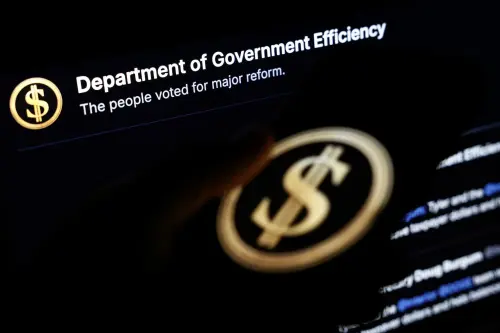Last September, President Obama signed the most sweeping reform of the U.S. patent system in over half a century into law. The America Invents Act (AIA), as the new law is called, is a complex piece of legislation with many provisions, with some that became effective last year, and others that will become effective this year or next.
Why does this matter for technology companies? First of all, because the AIA significantly changes the consequences of public disclosures made in advance of a patent filing, it is important not only to patent attorneys, but also to company executives, managers, marketers, developers, salespeople, and anyone else in a position to discuss company technology with the outside world. That doesn’t mean, of course, that every one of these people needs to become familiar with every detail of the new law. But ensuring a broad internal awareness of the general contours of the key features of the AIA can be vital to maximizing the value of a company’s intellectual property portfolio.
This brings us to a second reason: patents can be very valuable. For example, Google’s 2011 purchase of Motorola Mobility for $12.5 billion was largely about patents. And while multi-billion dollar patent transactions are rare, there have been plenty of examples of nine-figure patent settlements, judgments, and acquisitions over the past decade. In June 2011, the U.S. Supreme Court upheld a nearly $300 million verdict against Microsoft in a patent infringement lawsuit brought by Toronto-based content solutions provider i4i over a single patent. When Qualcomm agreed to buy wireless technology company Flarion back in 2005, the deal included an initial payment of about $600 million and an additional earn-out of over $200 million that was paid in 2006 upon the successful issuance of several pending patents.
Conversely, a lack of patents can put a company at a significant disadvantage in licensing negotiations or litigation. As of the end of 2011, Facebook had only 56 issued U.S. patents. This placed the company at a significant disadvantage when Yahoo, which has over 1000 patents, came knocking at the door in February 2012 with a demand for licensing fees. While the specifics of how this particular dance will play out are hard to know, it’s a near certainty that Facebook will end up making a very significant payment to Yahoo when all is said and done.
Not all patent portfolios lead to headline-generating settlements or nine-figure M&A valuations. But intellectual property (IP), which includes not only patents, but also trademarks, copyrights, and trade secrets, can be a critical asset for companies of all sizes, and is almost always a major focus in acquisition and licensing discussions. Companies able to demonstrate that they have successfully designed and implemented a comprehensive, forward-looking IP program will be much better positioned in negotiations with partners and potential acquirers. And these days, any good IP program needs to include specific strategies to deal with the patent law changes in the AIA.
Over the next few months I’ll be providing a series of posts designed to explain some of the key provisions in the AIA with a minimum of legalese and a maximum of plain English. In addition to addressing patent reform itself, these posts will discuss its implications for fast-moving technology companies with short product cycles and global customer reach.
This piece was originally published by Fast Company.
The Brookings Institution is committed to quality, independence, and impact.
We are supported by a diverse array of funders. In line with our values and policies, each Brookings publication represents the sole views of its author(s).



Commentary
Op-edPatent Reform: A Guide For Tech Companies
March 8, 2012